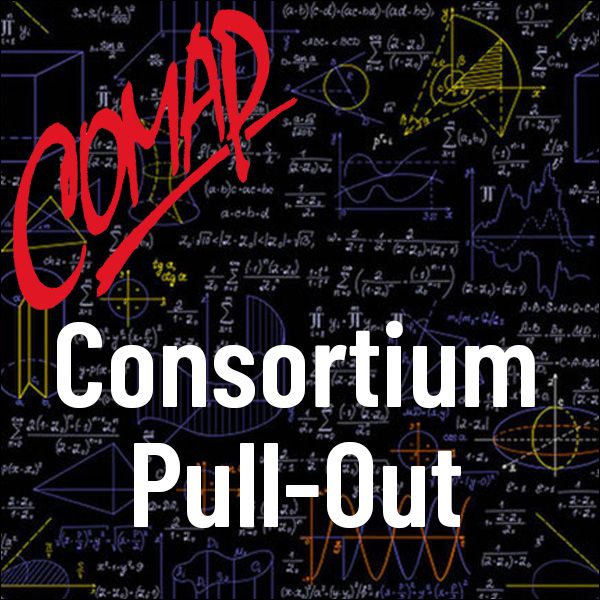Modeling Crystals and Quasicrystals
Author: Marsha Davis and Paul Isihara
This Pull Out consists of four activities that develop concepts related to mathematical crystals and quasicrystals. Activity 1 begins with a periodic tiling of the plane using squares. Students are challenged to determine which regular polygons could be used to tile the plane. Then students focus on the regular pentagon and construct two new tile shapes, a dart and a kite. Using a specific rule for fitting darts and kites together, students make simple puzzles from these prototiles. Students' final task is to make a large puzzle that supports the hypothesis that it is possible to tile the plane with kite and dart prototiles.
Materials needed
Tracing paper or transparency film (Optional for Activity 1) Access to Geogebra (and the Internet) (Optional) Cutouts of kite and dart shaped puzzle pieces (Optional for Activity 1, but strongly encouraged) Graph paper (Activity 2)
Prerequisites
Students should have some basic knowledge of geometry. For Activity 1, students should know what a regular polygon is and what the interior and exterior angles are. Vectors are used in Activity 2. If students are not familiar with vectors, you can introduce them as preparation for Activity 2. Students will need to know how to multiply a vector by a scalar and how to add two vectors. In Activity 3, Part C, students need an understanding of function notation and composition of functions. Part C can be omitted from Activity 3 if students do not have this background.

Mathematics Topics:
Application Areas:
You must have a Full Membership to download this resource.
If you're already a member, login here.